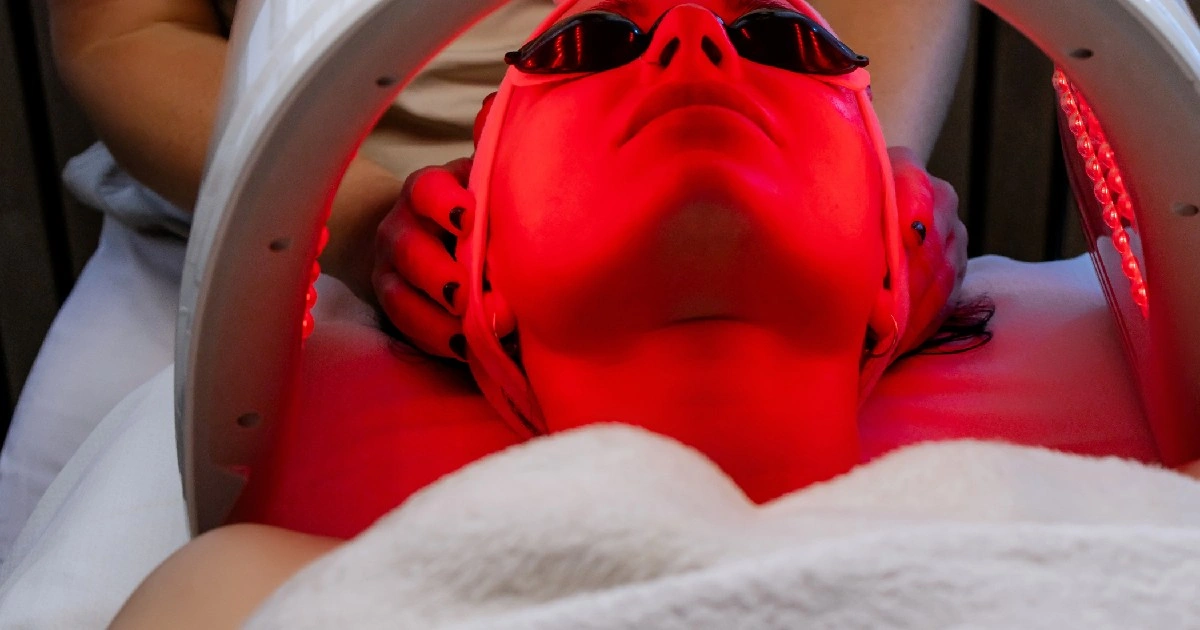Table of Contents
Functional Range Release (FR) Therapy offers an innovative approach to managing pain and enhancing joint mobility. This therapy focuses on soft tissue assessment and treatment, addressing issues in the musculoskeletal system to improve overall function. By targeting specific areas of discomfort and dysfunction, FR Therapy aims to alleviate pain and restore a fuller range of motion. It is particularly beneficial for individuals dealing with chronic pain or those recovering from injuries.
The therapy’s emphasis on precise, scientifically-backed techniques ensures that treatments are practical and tailored to individual needs. FR Therapy provides a comprehensive method for improving physical well-being and enhancing movement capabilities by incorporating principles of neurological control and connective tissue health.
What is Functional Range Release Therapy?
Functional Range Release (FR) Therapy is a specialized technique designed to improve joint mobility and relieve pain through advanced soft tissue assessment and treatment. Developed as part of the Functional Range Systems (FRS), this therapy utilizes precise palpation and soft tissue manipulation to address musculoskeletal issues effectively. Unlike traditional methods, FR Therapy focuses on enhancing the function and health of connective tissues and their interaction with the central nervous system (CNS).
The primary goal of FR Therapy is to increase the range of motion in joints and strengthen the surrounding tissues. This is achieved through a combination of passive and active forces that modify connective tissue structure, ultimately leading to improved joint health and reduced pain.
How It Works
Functional Range Release (FR) Therapy works through precise mechanisms targeting and treating musculoskeletal issues. The process begins with a detailed soft tissue assessment using the Functional Palpation System (FPS), which involves a thorough anatomical review and palpation techniques to identify specific areas of dysfunction.
FR Therapy focuses on flow anatomy, which examines the continuity of tissues at a cellular and subcellular level. This approach helps therapists understand how different tissues interact and how applying passive and active forces can alter their structure and function. By manipulating connective tissues, FR Therapy aims to improve strength and flexibility, enhancing overall joint health.
It also emphasizes the role of the central nervous system (CNS) in controlling and maintaining joint mobility and function. Techniques used in FR Therapy are designed to influence the CNS, promoting better communication between the brain and the musculoskeletal system. This improved neurological control helps in achieving greater precision and efficiency in movement.
Another critical aspect of FR Therapy is its use of progressive tissue loading and adaptation. This involves gradually increasing the load on tissues to stimulate their adaptation and strengthening. This process enhances joints’ load-bearing capacity and improves their ability to withstand daily stresses and physical activities.
Benefits of FR Therapy
FR Therapy provides practical solutions for pain relief and improved joint mobility, benefiting many individuals, from chronic pain sufferers to athletes.
- Pain Relief: FR Therapy effectively reduces musculoskeletal pain by targeting and treating specific soft tissue dysfunctions.
- Improved Joint Mobility: FR Therapy enhances joint mobility by increasing the range of motion through precise soft tissue manipulation and progressive tissue loading.
- Neurological Control: The therapy improves communication between the central nervous system (CNS) and the musculoskeletal system, improving coordination and movement efficiency.
- Tissue Strengthening: FR Therapy strengthens connective tissues around the joints, enhancing stability and reducing injury risk.
- Injury Prevention: By improving joint mobility, strength, and neurological control, FR Therapy helps prevent future injuries during physical activities or daily tasks.
- Rehabilitation: FR Therapy aids in rehabilitation by restoring function and mobility, speeding up recovery, and ensuring better long-term outcomes.
- Performance Enhancement: Athletes benefit from FR Therapy through improved joint mobility, strength, and control, leading to better performance and reduced injury risks.
- Comprehensive Approach: FR Therapy’s soft tissue manipulation, neurological control, and progressive tissue adaptation ensure effective, tailored treatments for each patient.
Who’s A Good Candidate?
Functional Range Release (FR) Therapy is highly effective for individuals experiencing chronic musculoskeletal pain. By targeting and treating specific soft tissue dysfunctions, this therapy provides significant pain relief and improves joint mobility.
Athletes and Active Individuals
Athletes and active individuals can significantly benefit from FR Therapy. It enhances performance and prevents injuries by increasing the range of motion and strengthening connective tissues. This allows for better control and movement efficiency, which is crucial for optimal performance and injury prevention.
Older Adults
Older adults also benefit from FR Therapy. The therapy addresses the natural decline in joint mobility and tissue strength associated with aging. It helps maintain flexibility and independence, reducing the risk of falls and injuries commonly associated with aging.
Sedentary Lifestyles
FR therapy can be particularly beneficial for individuals with sedentary lifestyles who experience stiffness or reduced mobility. It improves joint function and overall physical health, alleviating discomfort associated with prolonged inactivity.
When To Expect Results
Functional Range Release (FR) Therapy results can vary depending on the individual and the specific conditions being treated. However, many patients notice significant improvements within the first few weeks of treatment.
Initial Improvements:
Patients often report a reduction in pain and increased joint mobility early in the treatment process. This initial phase typically involves addressing acute symptoms and beginning to correct underlying soft tissue issues.
Progress Over Time:
Patients usually experience continued improvements in pain relief, joint function, and overall mobility as therapy progresses. The therapy’s effectiveness in enhancing neurological control and strengthening connective tissues contributes to these sustained benefits.
Long-Term Benefits:
With consistent application of FR Therapy, long-term benefits include enhanced joint health, reduced risk of injury, and improved physical performance. The progressive nature of the treatment ensures that patients can maintain and build upon their initial improvements.
Takeaway
Ready to experience the benefits of Functional Range Release Therapy? At Hudson Premier PT & Sports, our team guarantees to help you achieve optimal pain relief and enhanced joint mobility. Whether you’re an athlete looking to boost performance, an older adult seeking to maintain independence, or someone dealing with chronic pain, our tailored approach will meet your needs.
Don’t let pain and limited mobility hold you back. Schedule your appointment with Hudson Premier PT & Sports today and start your journey towards a healthier, more active life. Contact us now for your consultation and take the first step toward improved musculoskeletal health.






